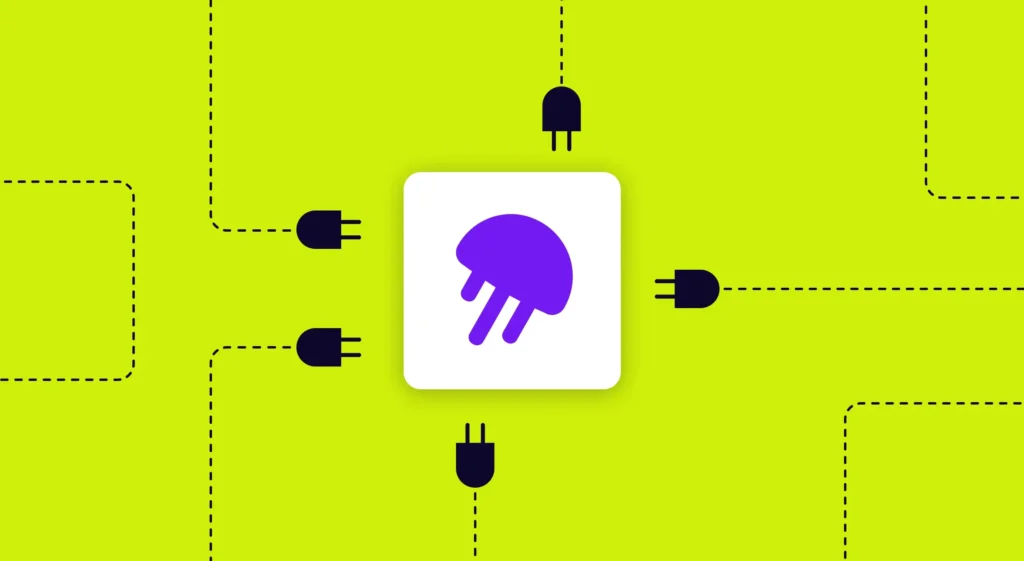What is Release Management?
Release management involves planning, scheduling, coordinating, and monitoring software releases to ensure they are delivered on time and with minimal disruption to existing systems. This ensures seamless integration, deployment, and functionality of applications.
It’s important to understand the different components of release management in DevOps and how they contribute to a successful software release.
The release management process in DevOps has several stages:
- Planning
- Development
- Testing
- Deployment
- Monitoring
Each stage is vital for a successful software release and maintaining continuity between development and operations teams. The strategic alignment of these stages encourages collaboration among team members and prevents miscommunication or bottlenecks during the release cycle.
Establishing a disciplined software release process enables teams to identify potential bottlenecks or conflicts early on and reduce the likelihood of unforeseen issues arising during deployment. Implementing robust monitoring and reporting mechanisms is essential for maintaining oversight of the entire release management process in DevOps. Keeping track of key performance metrics such as build failures, test coverage, or deployment times allows organizations to gain actionable insights into areas that require improvement or optimization.
Release management in DevOps involves interconnected stages that must work together seamlessly to ensure the timely delivery and seamless integration of software releases. A well-designed release pipeline enables automation across the entire software lifecycle and improves collaboration between development and operations teams. Moreover, establishing processes and monitoring mechanisms can significantly enhance the efficiency and effectiveness of software releases, ultimately contributing to an enhanced end-user experience.
Release Planning and Prep
Release planning is a crucial aspect of the software development process because it ensures a final product meets desired quality standards and reaches end-users on time. A well-planned and executed release strategy can significantly enhance a project’s overall efficiency and success.
A software release cycle refers to the sequence of events that occur from the inception of a project until its final delivery. That consists of different stages like:
- Resource planning
- Design
- Implementation
- Testing
- Deployment
- Maintenance
A comprehensive understanding of each phase within the software release cycle is vital for developing an effective plan that aligns with organizational goals while managing resources. By analyzing past performance data and making informed decisions based on current market trends, organizations can optimize their software release cycles to ensure timely delivery without compromising quality.
By using this systematic approach during release planning and prep stages, organizations can minimize errors while maximizing efficiency.
By fostering collaboration among teams, capitalizing on automation technologies, and adopting agile methodologies for continuous improvement, businesses can thrive in ever-evolving markets while delivering exceptional value to customers.
Release Execution and Monitoring
The concept of release execution and monitoring has garnered substantial attention in recent years, particularly within software development and information technology. With the rise of agile methodologies and DevOps practices, companies have recognized the importance of streamlining their software delivery processes to achieve:
- Faster time-to-market
- Improved product quality
- Enhanced customer satisfaction
Various techniques and approaches have emerged to support efficient release management by focusing on continuous integration, continuous delivery (CI/CD), release verification and testing, and data integrity.
Continuous delivery lies at the heart of modern release execution and monitoring practices. As an extension to continuous integration, which emphasizes the automatic integration of code changes into a central repository, continuous delivery aims to automate the entire software release process from coding to deployment. By adopting this approach, companies can ensure new features or bug fixes are automatically built, tested, and ready for production rapidly. That reduces human intervention and minimizes risks associated with manual deployments.
Release management best practices revolve around creating streamlined workflows that minimize potential bottlenecks while ensuring high-quality releases. One approach is implementing comprehensive test automation strategies that include unit tests, functional tests, performance tests, and security tests at every stage in the CI/CD pipeline. This process helps catch defects early on before they become more expensive later in the development lifecycle.
Another critical aspect of successful release management lies in differentiating between software releases vs deployments. These terms are often used interchangeably, even though they refer to different concepts:
- A software release is a versioned set of artifacts — such as source code files, binary executables, or libraries — packaged together for distribution.
- Deployment means installing or activating these artifacts into specific environments like staging or production servers.
Understanding these nuances can help organizations better coordinate their deployment strategies with their release goals.
Release verification is another vital element within release execution and monitoring. It ensures the deployment process has been completed correctly and verifies if an application functions as expected in its target environment. Testing plays a significant role in this phase, with smoke tests, regression tests, and user acceptance testing (UAT) used to validate the deployed software.
To support continuous improvement and drive better release outcomes, organizations must also focus on evaluating their DORA metrics:
By closely monitoring these metrics over time, companies can identify areas of improvement and optimize their processes accordingly.
Finally, data integrity is a crucial consideration for managing software releases. Ensuring that data remains accurate, consistent, and reliable throughout the release process is essential for minimizing risks associated with data corruption or loss. Organizations should implement robust backup policies and version control systems to safeguard their critical data assets during the development lifecycle. Data integrity also helps companies adhere to data government regulations in their industry or locations, such as GDPR and CCPA. Failure to comply with these frameworks can result in expensive fines.
In summary, effective release execution and monitoring encompass various methodologies, from continuous delivery and integration to rigorous testing practices and data integrity measures. By adopting these best practices within their release management strategies, organizations can optimize software delivery pipelines while minimizing potential risks associated with faulty deployments or data breaches.






